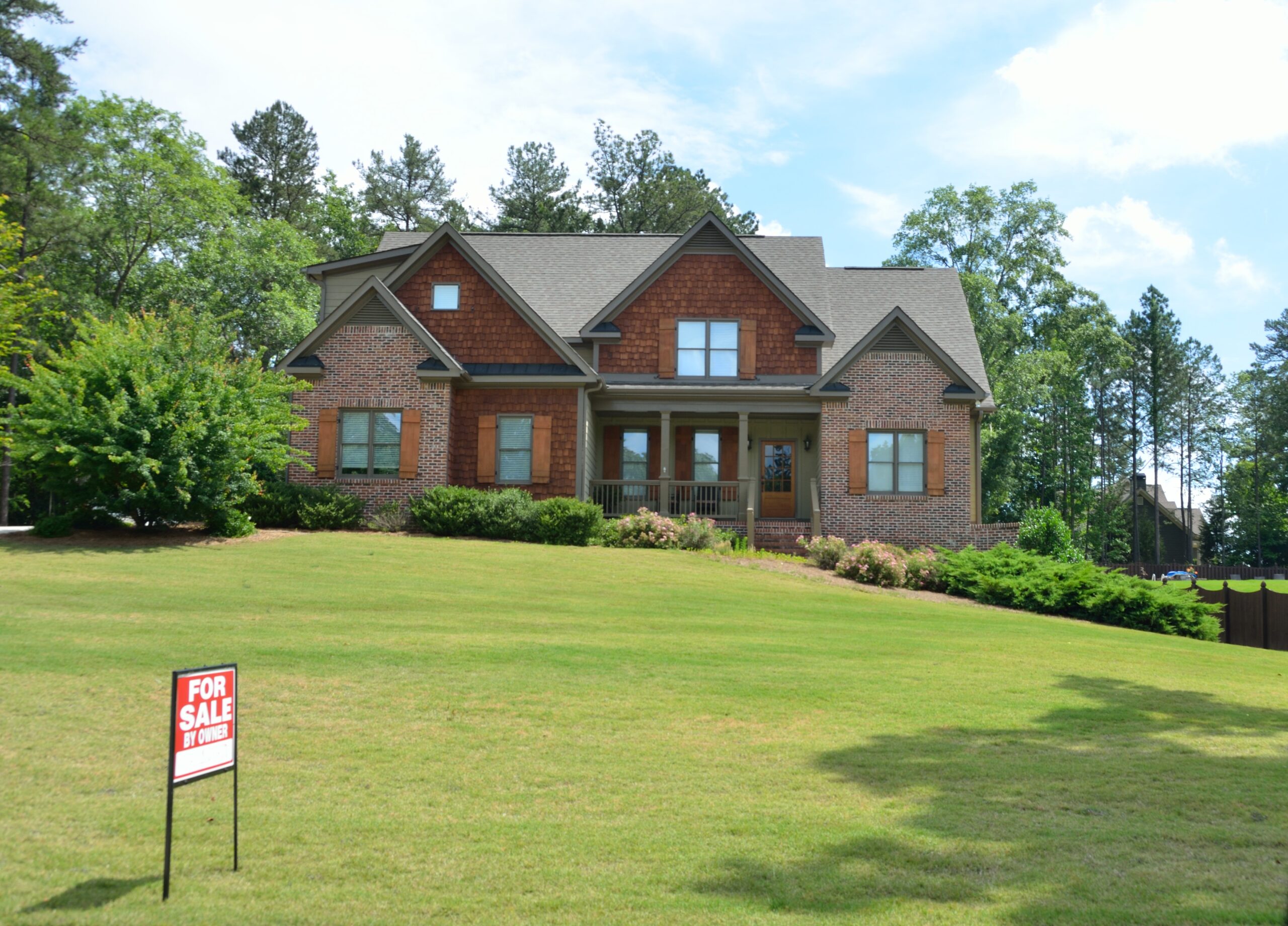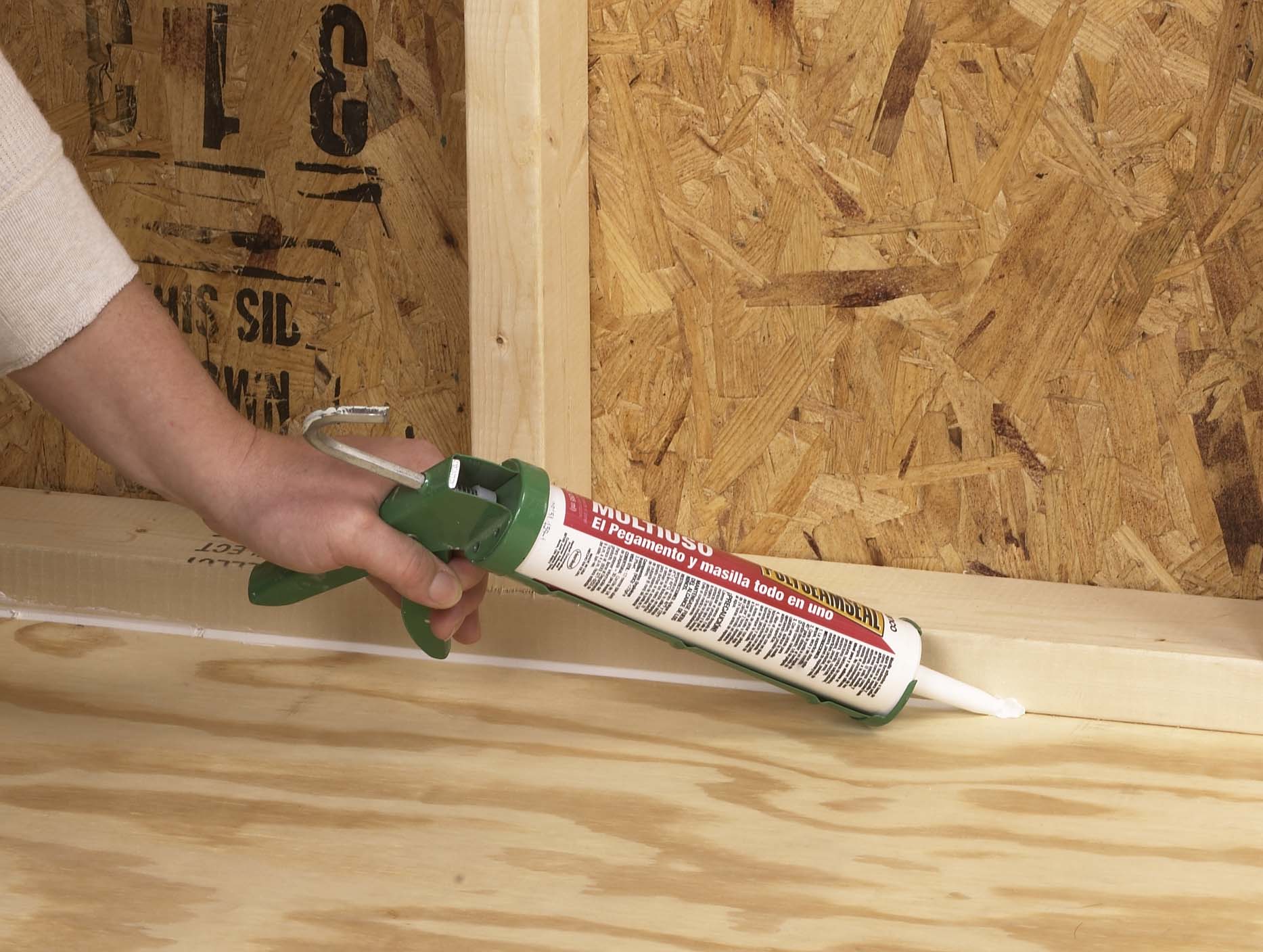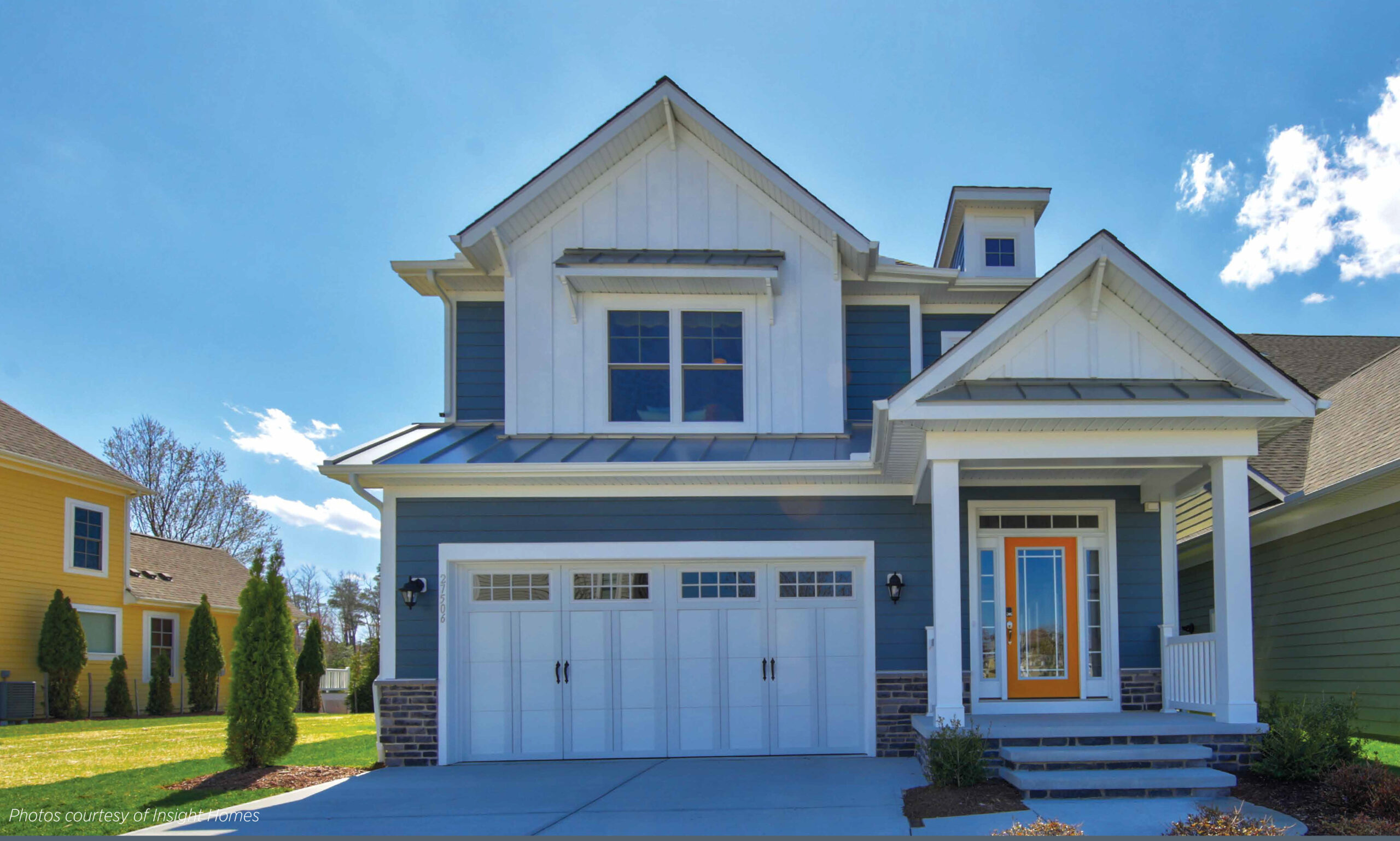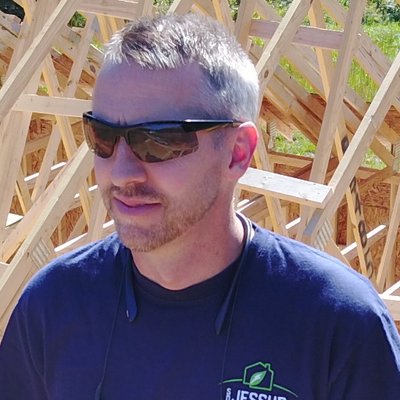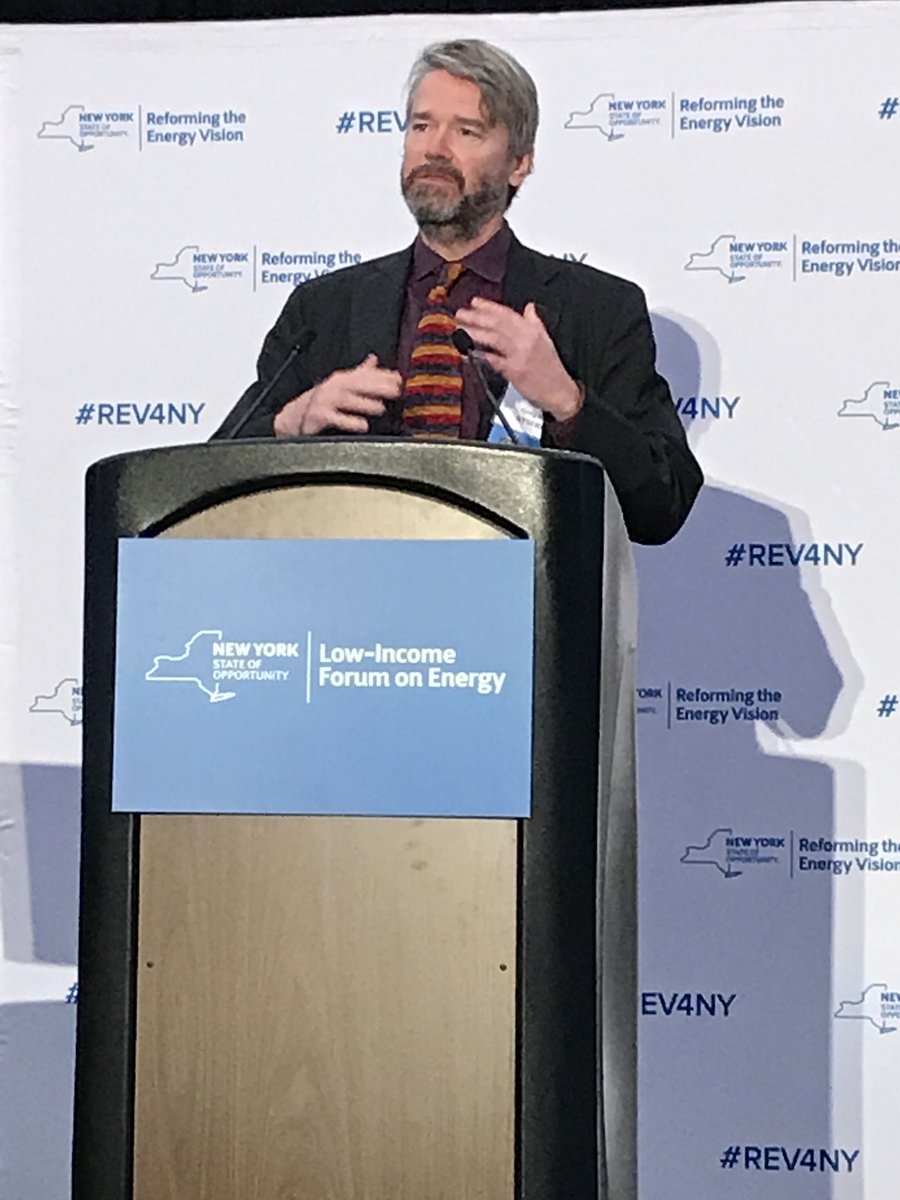Home Sellers Must Prove Energy Efficiency
As we reported in last week’s blog post, “Five Promising Developments for Decarbonization,” a growing number of state and local governments are targeting building emissions to reduce their carbon footprint. This push for decarbonization will only accelerate. In the move toward decarbonization, targeting buildings – both commercial and residential – is low-hanging fruit. It’s not just new construction, but existing construction as well, with home sellers in one jurisdiction now required to measure their home’s energy efficiency before putting it on the market.
Details »
